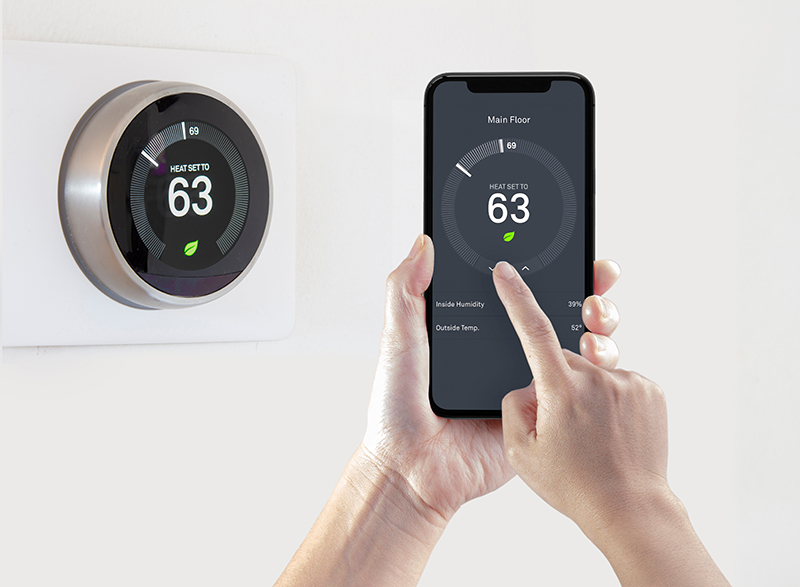As summers grow hotter and tropical storms increase in number and strength, the effects of climate change become harder to deny. Burning fossil fuels produces carbon dioxide and contributes to the greenhouse effect and global warming. Since the planet’s energy use is expected to be 50% greater by 2050 compared to 2020 levels, we must look for ways to lessen the adverse effects of energy production.
Understanding Energy-Efficient Cooling
Most consumers shopping for heating and cooling systems have seen the term SEER, but many may need help understanding its significance. SEER is the acronym for Seasonal Energy Efficiency Ratio. It’s a rating for cooling systems determined by tracking output over a season and dividing it by the total electricity usage in the same amount of time.
The higher the SEER rating, the more you will lower your energy bills and reduce your carbon footprint. The ratings range from 13 to 35, with 18 or higher offering the most energy savings over less efficient models.
You can choose from several energy-efficient cooling solutions, from portable window units and mini-split ACs to heat pumps and smart thermostats.
Benefits of Energy-Efficient Cooling
While cooling systems with a higher SEER do come with a higher price tag, you’ll recoup the cost with long-term energy bill savings. The air you breathe indoors will be cleaner, and household members will be less likely to develop allergies. This will help with respiratory problems and other health issues.
In some localities, you can receive rebates and other incentives when you install a newer, more energy-efficient AC. You’ll also do your part to reduce greenhouse gases and protect the environment.
Choosing the Right System for Your Home
An HVAC professional can help you decide which cooling system is best for your home. They will make recommendations based on the size of the living space you need to cool and the climate where you live. This capacity is measured in BTUs (British Thermal Units) or tons. The measurement indicates how much heat is eliminated from the air in a given amount of time.
Make your next AC more energy-efficient by choosing one with a rating recommended by a professional. Remember that the hotter the climate, the harder your system must work. That’s why states in the southern U.S. have a SEER minimum of 14, and northern states’ rating is 13.
Implementing Energy-Efficient Cooling
When it’s time to upgrade your AC system and install a new one, choose the one with the highest energy-efficient rating that your budget will allow. Your AC’s lower repair costs and longevity will make your investment worthwhile.
You can depend on an HVAC professional to help you choose the right model and size for the AC you need. They’ll have the knowledge and tools to install your new system properly.
To make your new AC as energy-efficient as possible, give it plenty of TLC with tips like these.
- Change filters regularly
- Install a programmable thermostat
- Seal gaps and cracks
- Keep the condenser clean
- Schedule regular maintenance
Today’s market offers a variety of energy-efficient cooling options. By implementing the latest solutions, you’ll save on cooling costs, improve indoor air quality, and stay comfortable. Make the switch to get all these benefits while reducing your impact on the environment.
Contact Thorton Heating and Cooling for HVAC services you can depend on.
Resources:
https://www.searshomeservices.com/blog/decoding-the-seasonal-energy-efficiency-ratio-seer
https://terrapass.com/blog/impact-world-energy-consumption-and-solutions/#:~:text=Currently%2C%20too%20much%20of%20the,and%20human%20life%20on%20Earth.

